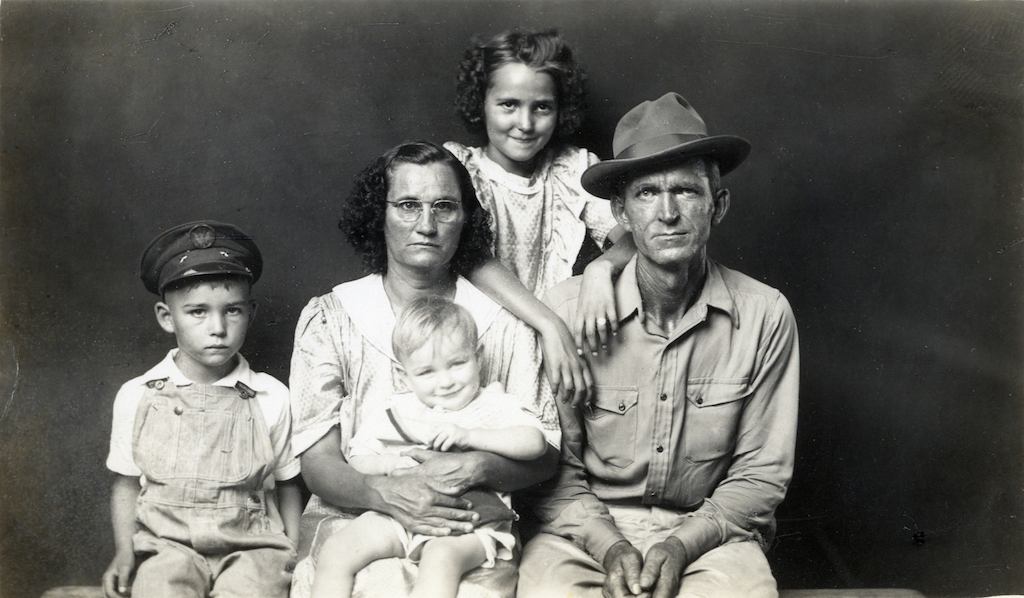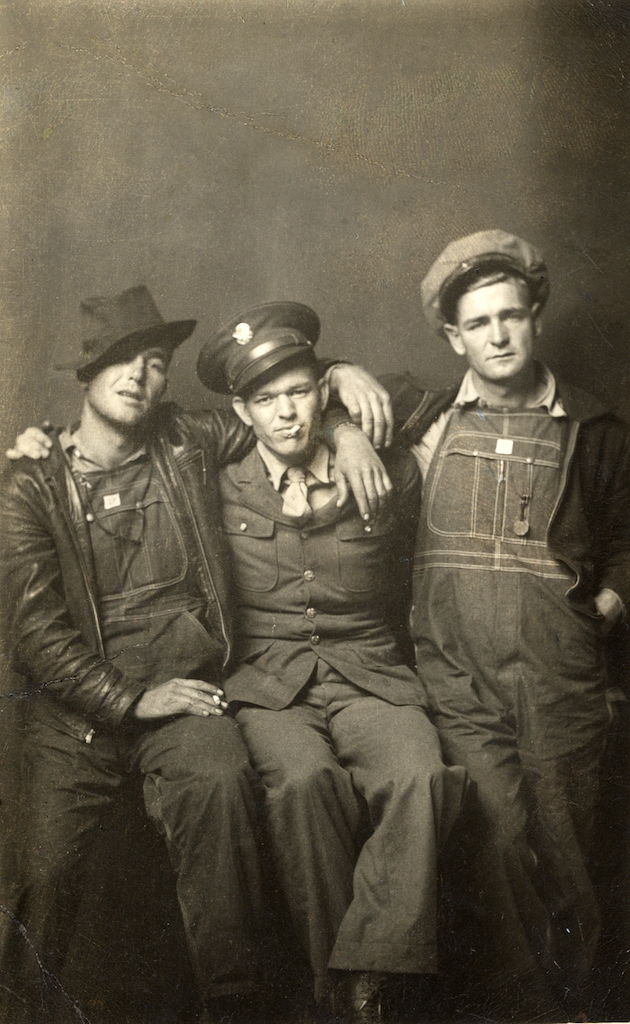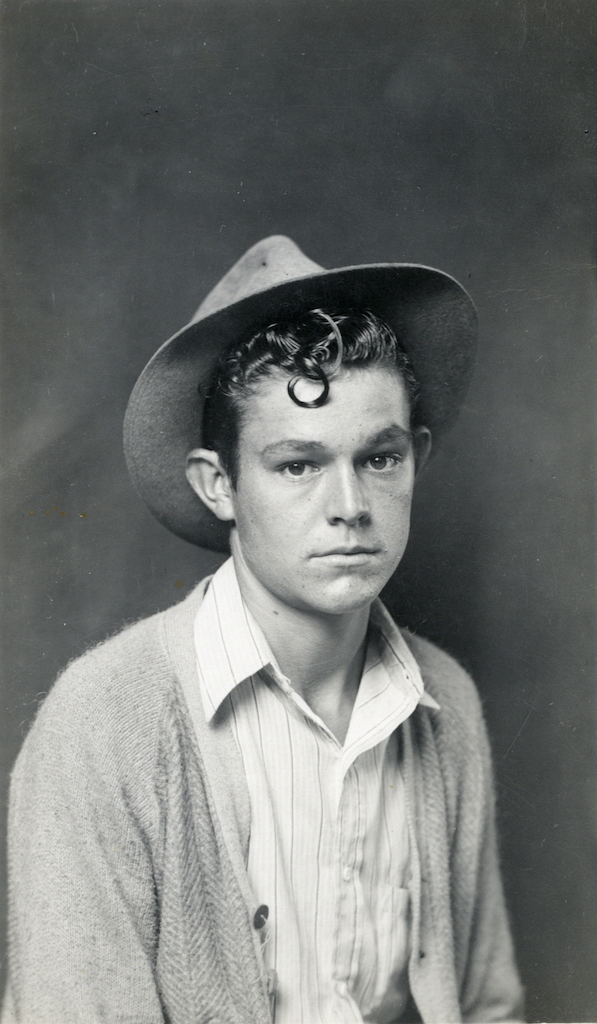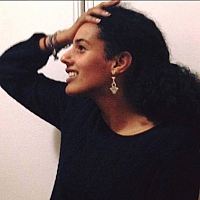
Untitled, Hebert Springs, Arkansas, c. 1940, Courtesy of Galerie Edwynn Houk ©MIKE DISFARMER
Expositions du 08/09/2016 au 12/11/2016 Terminé
Galerie Edwynn Houk Stockerstr. 33, 8022 Zurich Suisse
Galerie Edwynn Houk's press releaseGalerie Edwynn Houk Stockerstr. 33, 8022 Zurich Suisse
Disfarmer: The Vintage Prints is the first exhibition in Switzerland of the vintage prints of Mike Disfarmer (1884-1959), one of America’s greatest portraitists. Posthumous prints, created from a cache of glass-plate negatives salvaged from his studio after his death, have been the subject of several books and numerous museum and gallery exhibitions since 1976, but original vintage prints have been unknown until this time. The debut of Disfarmer’s original vintage photographs is the culmination of an unprecedented two-year historical reclamation project in which a dedicated team of researchers scoured family albums in every home along every road in Cleburne County, Arkansas.
A true American eccentric, Disfarmer was born Mike Meyer in 1884. He legally changed his name to Disfarmer to disassociate himself from the farming community in which he plied his trade and from his own kinfolk -- claiming that a tornado had accidentally blown him onto the Meyer family farm as a baby. Despite his quirks, as the resident studio photographer in tiny Heber Springs, Arkansas, Disfarmer captured the faces of the American heartland at a defining period in history. He documented the families of the farmland as they struggled through the Depression and World War II. He captured the post-war boom and the
optimism of the 1950s as well.

Untitled, Hebert Springs, Arkansas, c. 1940, Courtesy of Galerie Edwynn Houk ©MIKE DISFARMER
In his essay on the artist in the book Disfarmer: The Vintage Prints, Rick Woodward writes, “Disfarmer is not cruel, patronizing or sentimental about [his subjects’] plight. But neither is he a friend or pastor...he is like a crime scene photographer, determined to record the details because the details are what ultimately will exonerate a person. The reality of their condition—the hats, creases in their jeans and dresses, lines in faces and hands, bad posture, dangling cigarettes and arms, staring eyes—can be preserved in a photograph and serve as existential evidence.”

Untitled, Hebert Springs, Arkansas, c. 1940, Courtesy of Galerie Edwynn Houk ©MIKE DISFARMER

Untitled, Hebert Springs, Arkansas, c. 1940, Courtesy of Galerie Edwynn Houk ©MIKE DISFARMER
Mike Disfarmer’s works are held in many important collections such as the Arkansas Art Center, the Museum of Modern Art, the Metropolitan Museum of Art and the International Center of Photography in New York.

Untitled, Hebert Springs, Arkansas, c. 1940, Courtesy of Galerie Edwynn Houk ©MIKE DISFARMER


